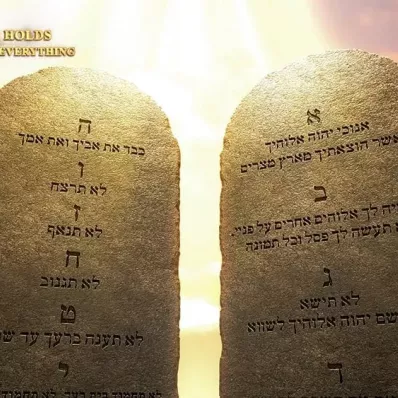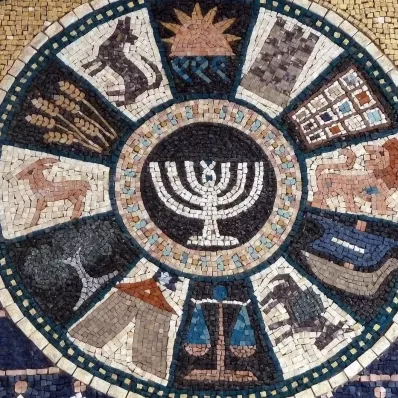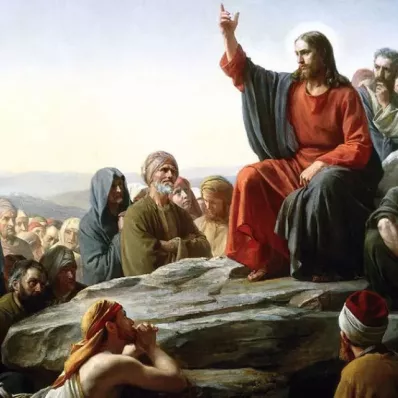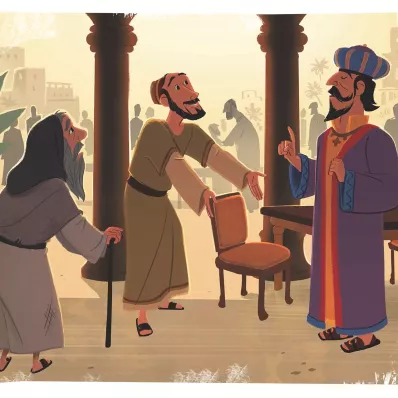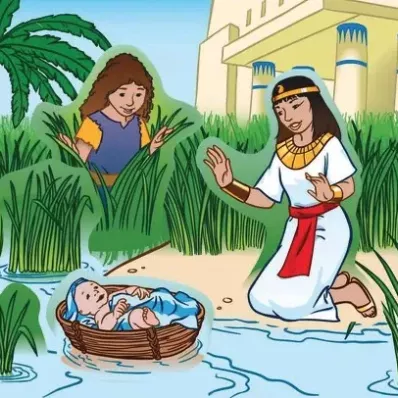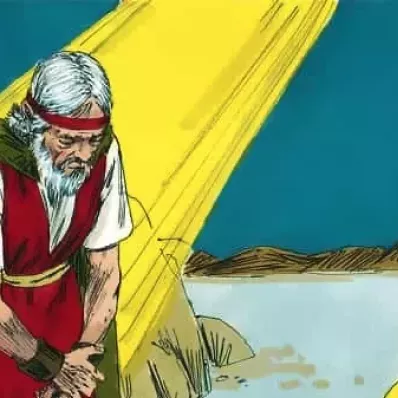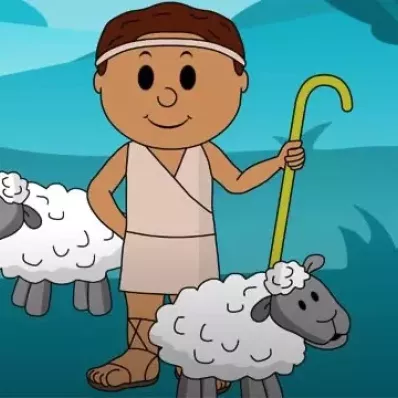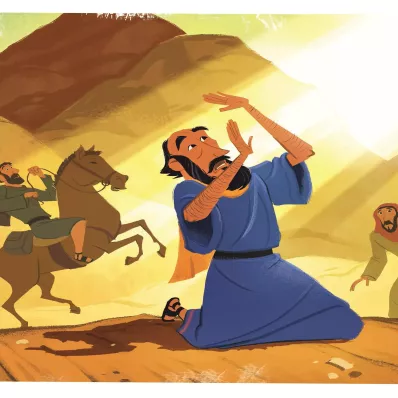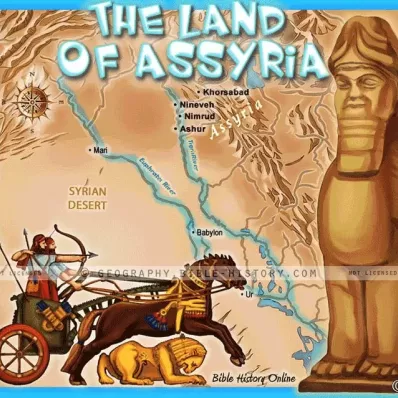Colossians, Epistle to the
was written by Paul at Rome during his first imprisonment there
(Acts 28:16, 30), probably in the spring of A.D. 57, or, as some
think, 62, and soon after he had written his Epistle to the
Ephesians. Like some of his other epistles (e.g., those to
Corinth), this seems to have been written in consequence of
information which had somehow been conveyed to him of the
internal state of the church there (Col. 1:4-8). Its object was
to counteract false teaching. A large part of it is directed
against certain speculatists who attempted to combine the
doctrines of Oriental mysticism and asceticism with
Christianity, thereby promising the disciples the enjoyment of a
higher spiritual life and a deeper insight into the world of
spirits. Paul argues against such teaching, showing that in
Christ Jesus they had all things. He sets forth the majesty of
his redemption. The mention of the "new moon" and "sabbath days"
(2:16) shows also that there were here Judaizing teachers who
sought to draw away the disciples from the simplicity of the
gospel.
Like most of Paul's epistles, this consists of two parts, a
doctrinal and a practical.
(1.) The doctrinal part comprises the first two chapters. His
main theme is developed in chapter 2. He warns them against
being drawn away from Him in whom dwelt all the fulness of the
Godhead, and who was the head of all spiritual powers. Christ
was the head of the body of which they were members; and if they
were truly united to him, what needed they more?
(2.) The practical part of the epistle (3-4) enforces various
duties naturally flowing from the doctrines expounded. They are
exhorted to mind things that are above (3:1-4), to mortify every
evil principle of their nature, and to put on the new man
(3:5-14). Many special duties of the Christian life are also
insisted upon as the fitting evidence of the Christian
character. Tychicus was the bearer of the letter, as he was also
of that to the Ephesians and to Philemon, and he would tell them
of the state of the apostle (4:7-9). After friendly greetings
(10-14), he bids them interchange this letter with that he had
sent to the neighbouring church of Laodicea. He then closes this
brief but striking epistle with his usual autograph salutation.
There is a remarkable resemblance between this epistle and that
to the Ephesians (q.v.). The genuineness of this epistle has not
been called in question.



